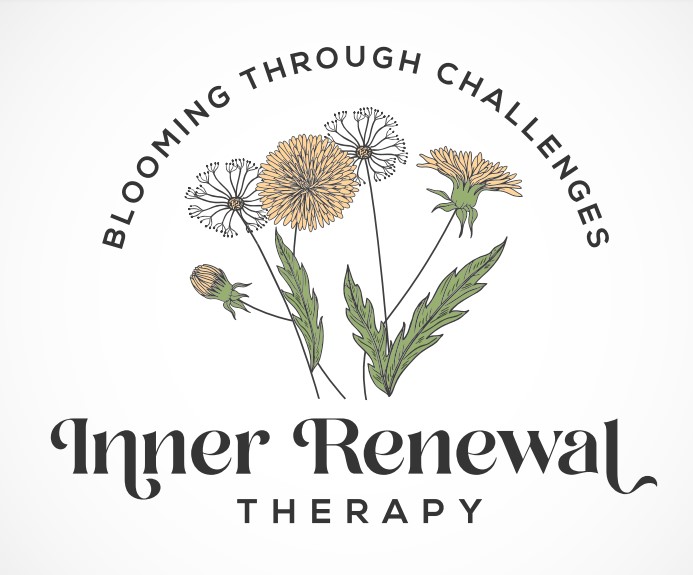Releasing Limiting Beliefs: Cultivating Your Inner Dandelion of Growth
In life, we’re often held back by limiting beliefs. Much like a dandelion’s seeds, waiting to be released into the wind, we need to let go of these beliefs and phrases that don’t serve us.
These beliefs, frequently rooted in negative messages from others or self-doubt, can hinder our well-being. Whether you’re on a journey of personal growth or simply seeking to navigate life’s challenges more effectively, I challenge you to release these common limiting messages and beliefs that may be holding you back:
- “My Problems Aren’t as Bad as Someone Else’s”
Comparing your struggles to those of others can minimize your own challenges and prevent you from seeking the support and care you need. Each person’s experiences are unique and valid. YOUR struggles are important and dismissing them doesn’t make yours, or the person you are comparing with, any better.
- “I Just Need to Be Stronger”
Enduring emotional hardship doesn’t mean you have to be strong all the time. It’s okay to seek help and acknowledge vulnerability as a strength. And often it’s not even about strength, it’s about having the right tools and the right support. Imagine a skilled craftsman trying to hammer a round peg into a square hole – no matter how strong he is, without the right tools, success is unlikely.
- “Put Your Big Girl Panties On”
This is probably my least favorite negative message. This message suggests that showing vulnerability is a sign of weakness. In truth, embracing vulnerability and seeking help can be empowering and liberating! There is profound strength in vulnerability. As Brene Brown says, “vulnerability is not not weakness; it’s our greatest measure of courage”.
- “At Least It’s Not as Bad as So and So”
Comparing your struggles to those of others can downplay your own challenges and hinder you from seeking the support and care you need. Each person’s experiences are unique and valid. Your struggles are important, and dismissing them doesn’t make yours, or the challenges faced by the person you are comparing with, any less significant.
- “I’m Fine”
How many times have you said this or heard a loved one use this phrase? How many times did you believe them? Dismissing your emotions and experiences with “I’m fine” can prevent you from addressing issues that need attention. Validating your feelings is an important step in personal growth.
- “It’s Not That Big of a Deal”
This message can lead to underestimating the impact of your experiences and neglecting the healing and growth that may be required.
- “Just Don’t Worry About It”
Suppressing your concerns and worries can hinder self-awareness and personal development. Acknowledging your worries is a vital part of personal growth. Has telling someone to “not worry about it” ever worked? Nope! In fact, many times it increases the worry.
Letting Go for Growth
Letting go of limiting beliefs is akin to a dandelion releasing its seeds into the wind, allowing them to disperse and take root, fostering new growth and positivity. Whether you opt for therapy or embark on a personal growth journey independently, shedding these beliefs can be profoundly liberating and empowering. It’s a pivotal step toward cultivating your inner dandelion of growth, enabling the roots of resilience and well-being to run deep.
Now, gently close your eyes, take a deep breath, and envision yourself on the verge of blowing the seeds of a dandelion. As you exhale, articulate the negative and limiting beliefs you are grappling with, and visualize them gracefully blowing away, carried by the wind of renewal.
Sending dandelion wishes, Alina



